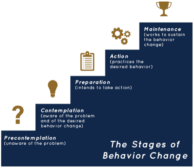Home » Keywords: » behavior-based safety
Items Tagged with 'behavior-based safety'
ARTICLES
Dr. Geller discusses the uses and misuses of behavior-based safety and why the psychology of safety is more important today than ever.
Read More
Cultivating safe environments to protect construction workers
Everyone needs to work together
March 15, 2023
Get our new eMagazine delivered to your inbox every month.
Stay in the know on the latest safety trends.
SUBSCRIBE TODAYCopyright ©2023. All Rights Reserved BNP Media.
Design, CMS, Hosting & Web Development :: ePublishing









